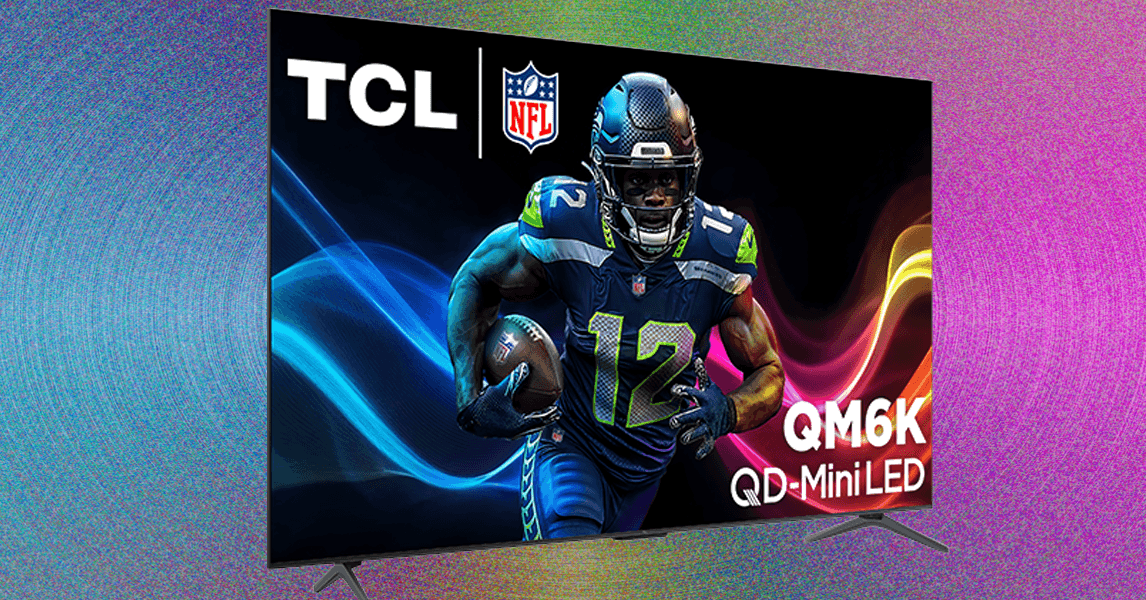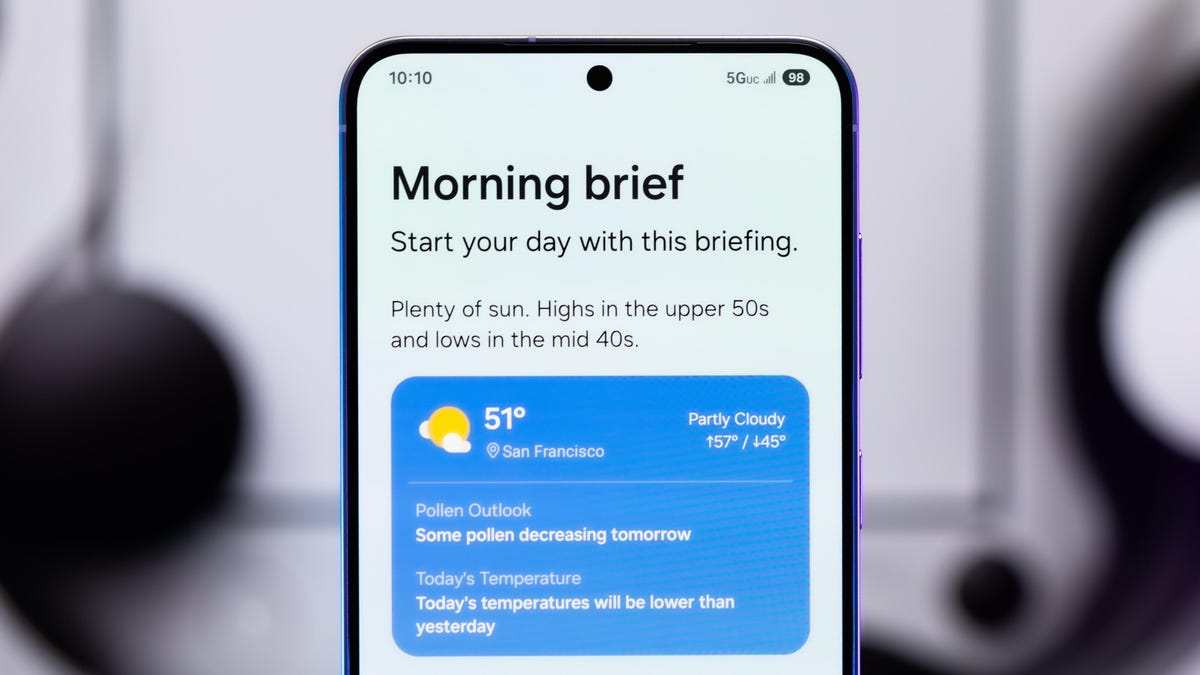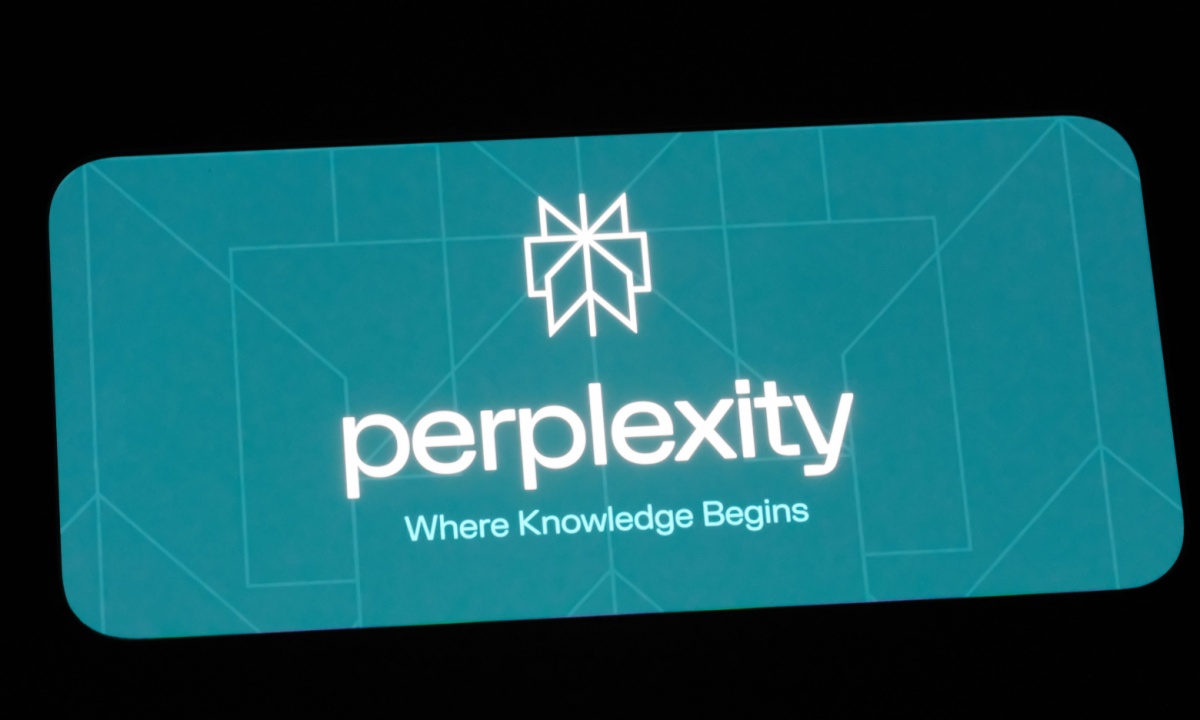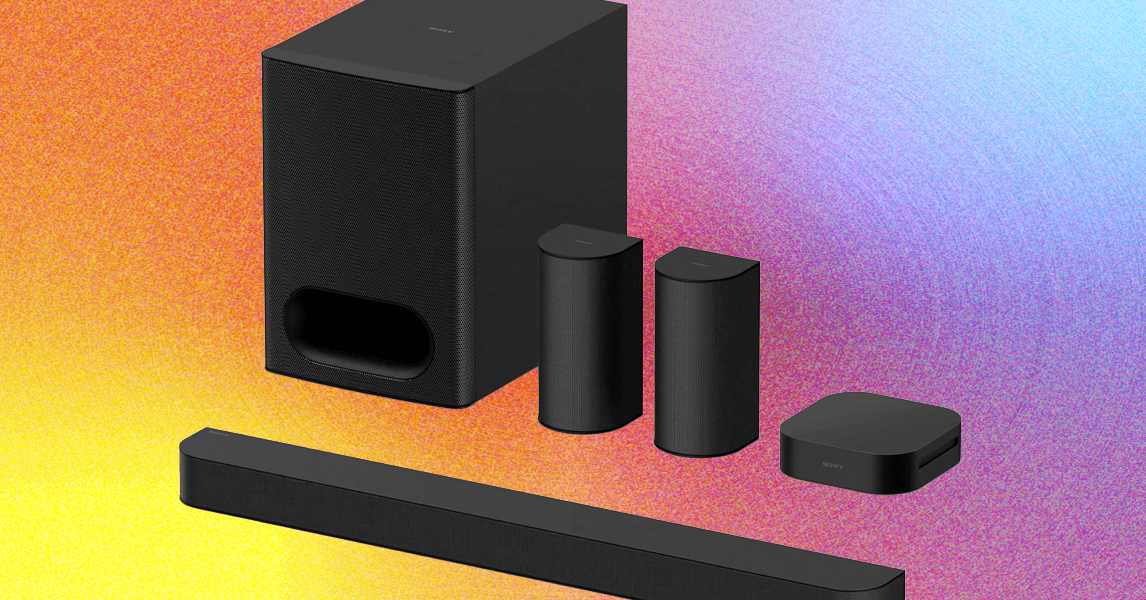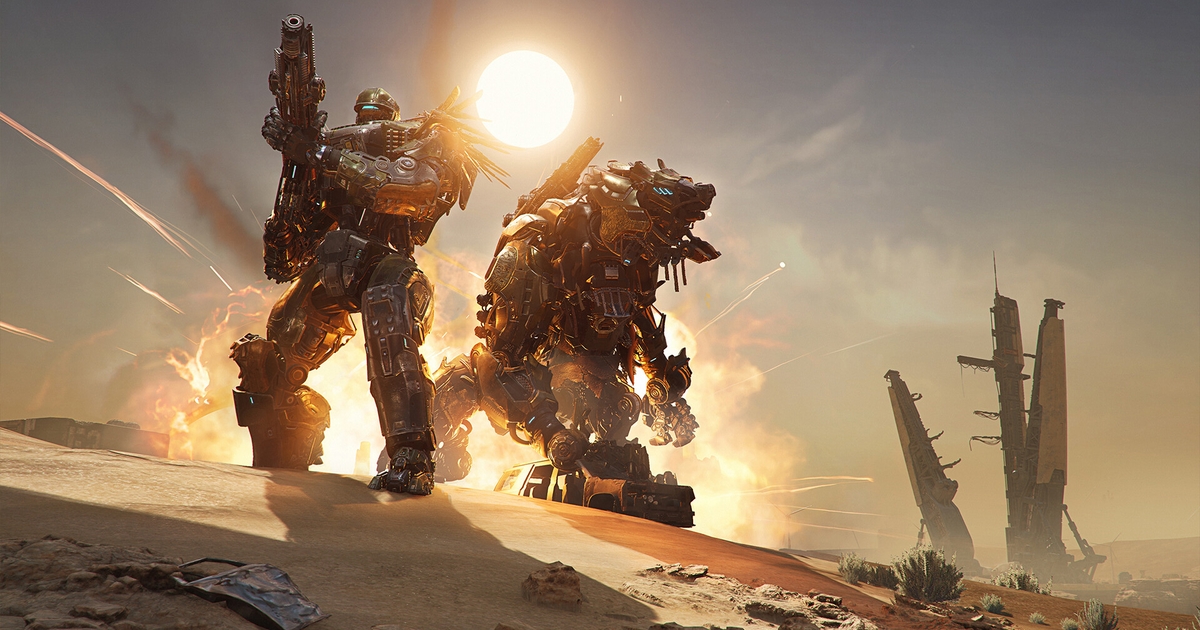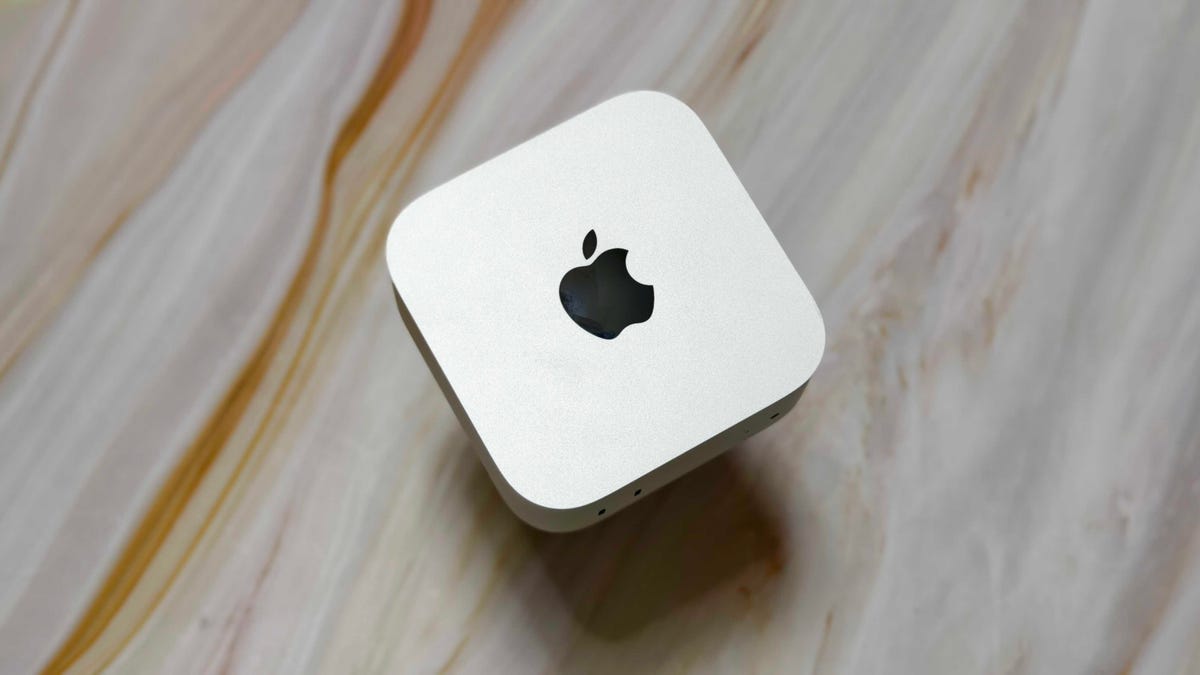A new generation of creative tools is arriving in the form of Intangible, a generative AI platform that lets artists build entire scenes in 3D, as if they were on a real set, placing their camera wherever they want in the virtual world, and then composing images and videos of professional quality. Now in open beta, Intangible blends the real-time responsiveness of game engines with the cinematic precision of film production and the flexibility of generative AI. Its browser-based platform offers directors, art teams, and creative producers a new way to generate visuals in 3D, in minutes.
Intangible co-founders Charles Mingos and Migos Bharat Vasan
“We think in space, in movement, in light,” said Charles Migos, co-founder and Chief Product Officer at Intangible. “Most AI tools still rely on words, but that’s not how creatives work. Intangible lets you guide AI the way you would direct a scene.”
The company’s leadership spans decades of experience at Apple, Unity, Pixar, Netflix, and Google. Migos himself designed Apple’s first-party iPad apps and led design at Unity. Co-founder and CEO Bharat Vasan started his career in video games at Electronic Arts, before scaling multiple startups likeBasis and August Home (both acquired) and was most recently a venture investor at the Alphabet-backed incubator founded by David Friedberg (All-In Pod). Lead product designer Philip Metschan spent 20 years at Pixar working on The Incredibles and Inside Out, a resume that speaks to the company’s creative ambitions.
With Intangible you can prompt a 3D city park where you can place characters, cars or other assets … More
At its core, Intangible is a spatial intelligence platform, embedding spatial reasoning and camera logic directly into its design.. While most generative AI models interpret prompts as loose instructions, Intangible integrates a dynamic world model, AI agents, and cinematic camera controls to deliver precise, editable results. Users can create virtual scenes with drag-and-drop tools or quick text commands, and then refine them with professional tools: shot framing, camera paths, lighting, and style filters.
“Ideas move faster here,” said Vasan. “Language is fundamentally lossy—it can’t capture spatial reality. That’s why prompting AI often fails when building visual creative concepts. Intangible changes this by giving AI models spatial intelligence so you get speed and control without extensive prompting.”
With a prompt this Jeep could be on a city street.
Intangible is designed for creative industries where 3D spatial composition matters for storytelling, a $2 trillion sector that includes film, advertising, events, marketing and games. Intangible runs in any browser and is free to try. The current open beta is free through July 31, with pricing plans starting at $15 per month after that. Credits are used for video and image generation, with pay-as-you-go options also available.

